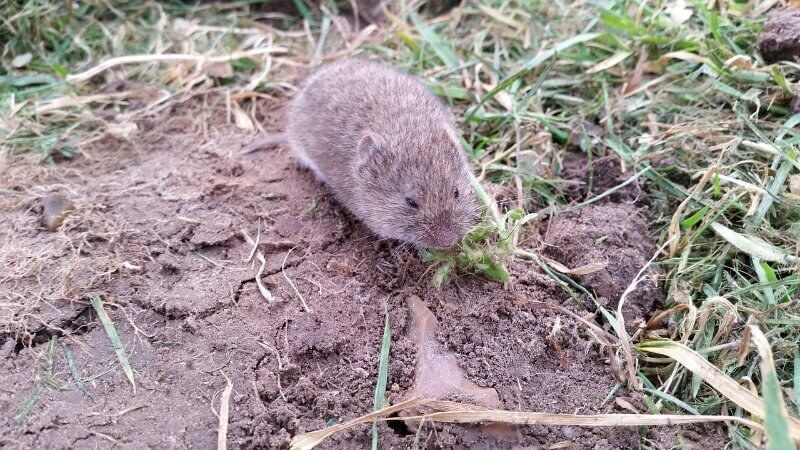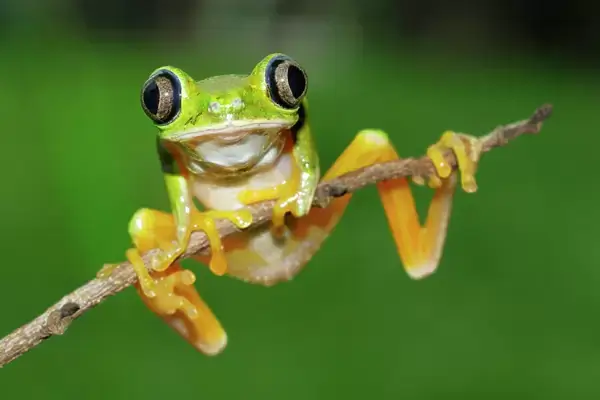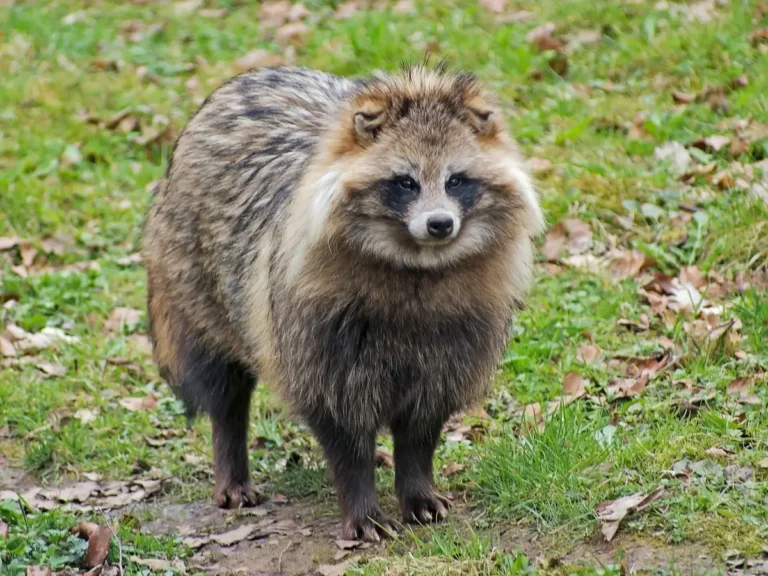Vole: Habits, Habitat, and Importance in Ecosystems
Voles are small, burrowing rodents that are critical in many ecosystems. Although often mistaken for mice or moles, voles have distinct characteristics and behaviors. Let’s take a closer look at this fascinating creature.
Contents
Scientific Classification
- Kingdom: Animalia
- Phylum: Chordata
- Class: Mammalia
- Order: Rodentia
- Family: Cricetidae
- Genus: Microtus
- Species: Over 150 species, including the Common Vole (Microtus arvalis) and the Meadow Vole (Microtus pennsylvanicus).
Physical Characteristics

Voles are typically small, stocky rodents with short legs and a short tail. Their size ranges between 3 to 9 inches (7.5 to 23 cm). Voles are covered in dense brown to gray fur, which helps them blend into their natural surroundings. They have small, rounded ears, tiny eyes, and a blunt snout, all adaptations to their burrowing lifestyle.
- Body Length: 3-9 inches (7.5-23 cm)
- Weight: 0.7-2.5 ounces (20-70 grams)
- Tail Length: Shorter than their bodies, usually 1-3 inches (2.5-8 cm).
Their front teeth grow continuously, a trait typical of rodents. Voles gnaw on various materials to keep these teeth in check.
Habitat
Voles are highly adaptable animals found in various habitats across the Northern Hemisphere. Their preferred environments include:
- Grasslands
- Meadows
- Woodlands
- Wetlands
- Agricultural fields
- Urban areas
Voles are particularly prolific in temperate regions, building extensive tunnel systems beneath the soil’s surface. These burrows help them escape predators and store food.
Behavior

Voles are mostly active during the day (diurnal), though they can also be nocturnal in some species. They are excellent diggers and spend much of their time underground, foraging for food and creating complex networks of tunnels. Voles do not hibernate and remain active year-round, even during winter.
They are social creatures, often living in colonies. Voles communicate with each other using a variety of vocalizations and scent markings, helping them maintain territory and social bonds.
Diet
Voles are primarily herbivores, feeding on a wide variety of plants. Their diet includes:
- Grasses
- Roots
- Tubers
- Bark
- Seeds
- Fruits
Occasionally, voles consume insects and small invertebrates, but plant matter makes up most of their diet. Voles are known for their ability to cause significant damage to crops and gardens, particularly when food is scarce.
Reproduction
Voles are prolific breeders, with some species capable of producing several litters each year. Their breeding season typically spans spring to fall, but they can breed year-round in some regions. A single female vole can give birth to 5 to 10 litters annually, with each litter consisting of 3 to 10 young.
- Gestation Period: 3 weeks
- Weaning: After 2 to 3 weeks
- Maturity: Voles reach sexual maturity at just 3 to 4 weeks old.
This rapid reproduction rate can lead to population explosions, especially in ideal environmental conditions.
Predators
Voles have many natural predators, including:
- Birds of prey (hawks, owls)
- Foxes
- Weasels
- Snakes
- Domestic cats
Due to their small size and ground-dwelling nature, voles are an important food source for many carnivores. Their ability to reproduce quickly helps maintain their populations despite high predation rates.
Conservation Status
Most vole species are not considered threatened and have stable populations due to their adaptability and high reproduction rates. However, habitat destruction, particularly in agricultural regions, can pose a risk to local vole populations. In areas where vole numbers grow unchecked, they can become pests, leading to conflicts with human agricultural practices.
Interesting Facts
- Voles are known for their ability to “girdle” trees by gnawing on the bark, which can cause significant damage to orchards and forests.
- Some species, such as the prairie vole (Microtus ochrogaster), are monogamous, forming lifelong pair bonds with a mate—a rare trait in the animal kingdom.
- Voles can produce high-pitched vocalizations outside the range of human hearing, which they use for communication.
- Voles play a crucial role in soil aeration, as their burrowing helps improve soil quality and promote plant growth.
Evolutionary History
The vole belongs to the family Cricetidae, one of the largest families of rodents. Fossil evidence suggests that voles have been around for millions of years, with their ancestors dating back to the late Miocene epoch, approximately 10 million years ago. Over time, voles have evolved into over 150 species, each adapted to various environments across the globe.
Their evolutionary success is attributed to their rapid reproductive rate, adaptability to diverse habitats, and ability to evade predators by creating intricate burrow systems.
Relationship with Humans
Voles can significantly impact human activities, particularly in agriculture and gardening. Their burrowing and feeding behaviors can damage crops, fruit trees, and ornamental plants. In some regions, vole populations are controlled to minimize crop damage. On the other hand, voles play an essential role in ecosystems by serving as prey for numerous predators and contributing to soil health through tunneling activities.
Farmers and gardeners often implement various strategies to control vole populations, such as using barriers, traps, or repellents. However, voles are a natural part of many ecosystems, and complete eradication is neither feasible nor ecologically sound.
Conclusion
Voles are small but vital rodent family members with many adaptations that allow them to thrive in diverse habitats. Their rapid reproductive rate, burrowing skills, and plant-based diet make them both a boon to ecosystems and a challenge for human agriculture. Despite their role as pests in some situations, voles contribute significantly to soil health and the food chain. Understanding their behavior, habitat, and ecological role is crucial for maintaining a balanced environment where both voles and humans coexist.
- Golden Retriever Pros and Cons: What Every Pet Parent Should Know - 15 September 2025
- Cane Corso Dog Breed: Health, Care, and Lifespan - 14 September 2025
- Catahoula Leopard Dogs: Description, Temperament, Lifespan, & Facts - 21 July 2025







